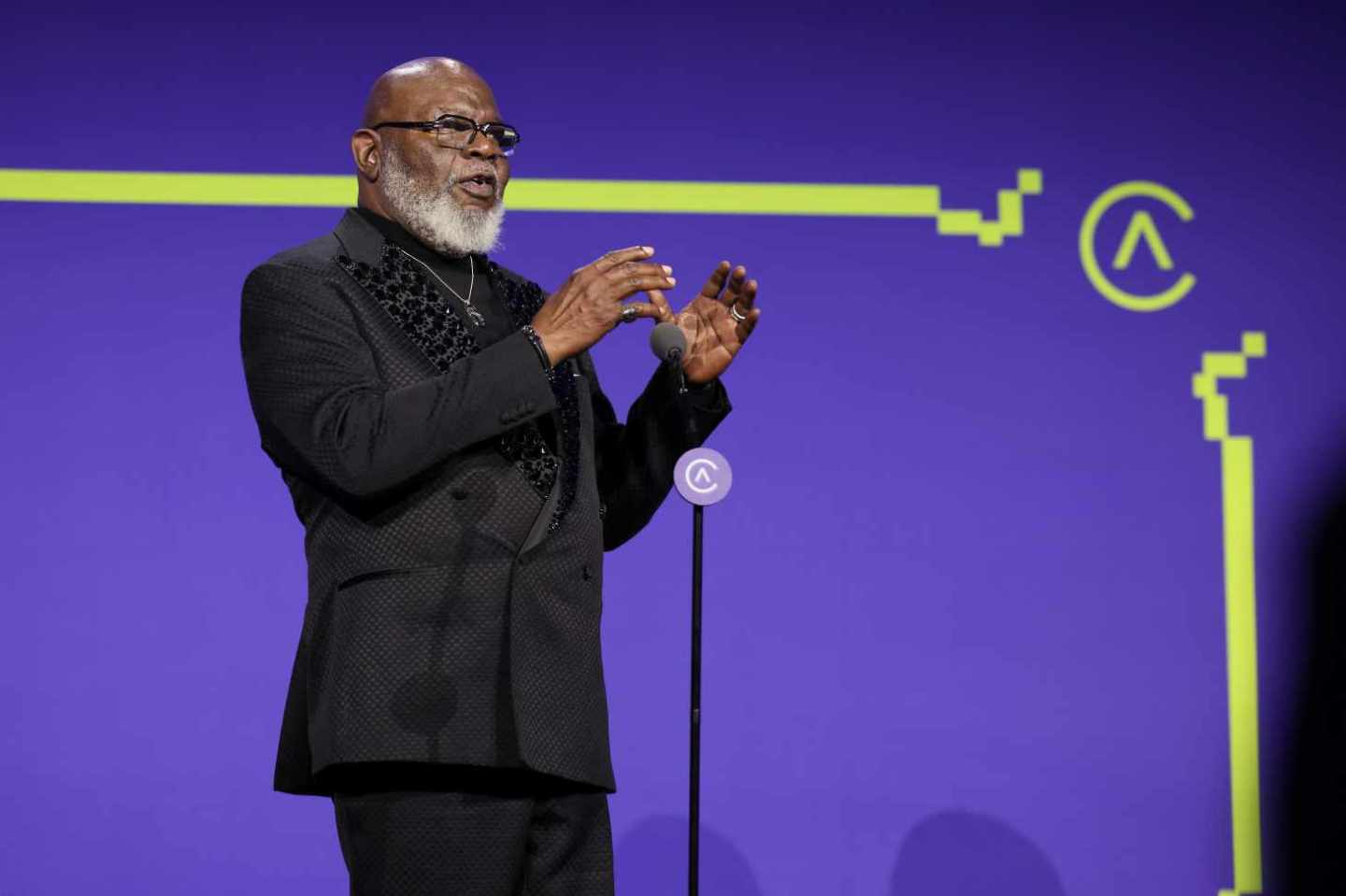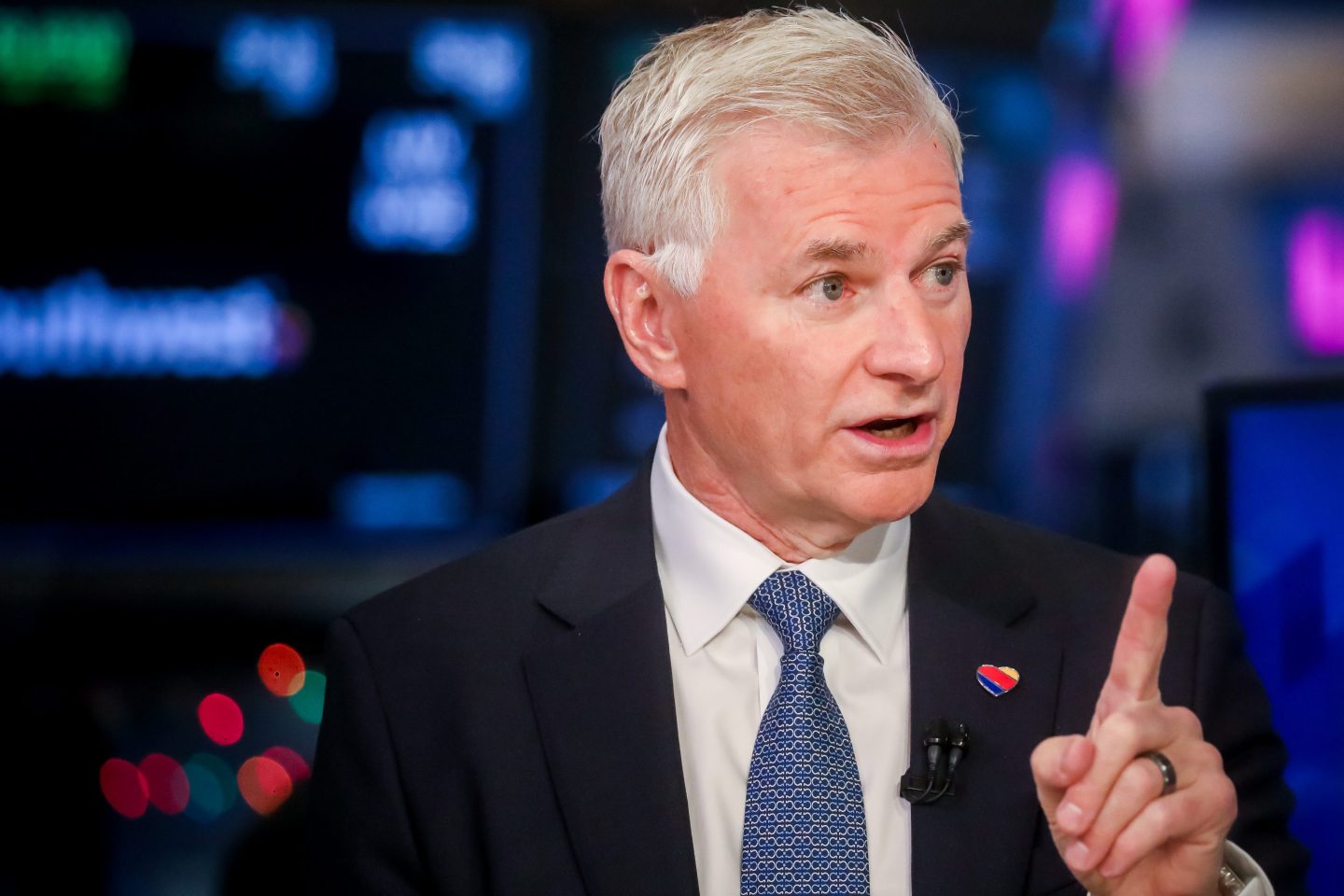Corporate America has already poured tens of billions into AI. Most companies can’t point to a single business result.
The technology works. Employees are using it. What doesn’t work is that we’re asking leaders to drive massive change without equipping them to do it successfully. Until that gap closes, AI will remain stranded capital.
The math is brutal. MIT found that 95% of generative AI pilots at companies are failing. Bain reports organizations spent $30 to $40 billion on generative AI in the past year. And McKinsey found fewer than 1% of companies describe their AI adoption as “mature.” Massive investment, negligible return.
I spent nine years at Salesforce leading through major transformations. The technical side of change is never the hardest part. It’s always the human side that determines whether things succeed or fail.
What nobody’s saying out loud
I keep hearing the same pattern in conversations with executives. They have AI mandates from the top, with no clarity on how to get their people ready, on top of everything else they’re already managing. And there’s this thing they’ll only say in private, “I don’t know what I’m doing.” Nobody does.
In most organizations, leaders are still rewarded for looking certain, staying in control, running tight systems. Take a risk with AI and get it wrong? Most people believe they’ll be punished for failure. Those same behaviors crush the experimentation and trust AI depends on.
Companies are essentially handing leaders technical training and telling them to figure it out. That’s hope, not strategy.
When Bret Taylor became Salesforce’s Chief Product Officer, I got 30 minutes with him as a rising product leader. I knew our approach wasn’t working and spoke from the heart about what I was seeing and how it needed to be better. He could have dismissed it, as I was several levels down. Instead, he listened.
We created an Associate Product Manager program that taught not just technical skills but also critical leadership skills like how to challenge the status quo, navigate conflict, work across teams, and show up under pressure.
We didn’t just mandate change or add a training program. We changed the nature of the conversations teams were having by injecting new thinking and new ways of working at a grassroots level. Then we listened closely to what was working and what was standing in our way and iterated on our approach in real time. That’s how you build lasting change, not by announcing something and hoping everyone figures it out.
Most companies are doing exactly that with AI. Funding tools and training, while neglecting the systemic change needed to drive real transformation.
What the 5% actually do differently
Harvard Business Review analyzed what separates companies where AI pilots succeed from the 95% where they fail. The differentiator isn’t the technology. It’s leadership.
The winning companies do two things at once. They fund technical training and fund developing leadership capacity for transformation. Their leaders can navigate fear and resistance across teams. They create strategic clarity and alignment. They create safety for experimentation and failure. They model risk-taking in uncertainty and hold people accountable to entirely new standards.
That requires real support. Not just workshops, but individualized help for challenging situations. How to have conversations about readiness. How to create psychological safety when someone says they’re afraid of being replaced. How to navigate resistance when it inevitably shows up.
Most companies lack that leadership infrastructure. Gartner found 66% of CEOs say their executive teams lack AI confidence. The leaders who can create clarity and safety in chaos, their teams will become AI-first. The ones who can’t? Their teams will just be busy.
You can’t solve an adaptive challenge with a training program. Leaders need help applying AI to their actual work: their specific role, team, challenges. They need a place to work through fear and uncertainty without career risk. That’s fundamentally different from what most companies are funding, and the 95% failure rate proves it.
Companies are funding the wrong intervention
Companies are treating AI as a technical problem when it’s a leadership capacity problem. Your competitors are making the same calculation right now. Some of them are getting different answers.
AI is forcing us to confront something we should have fixed years ago. We’re asking leaders to navigate unprecedented complexity with the same development approach that hasn’t worked for decades.
The companies that get this right won’t just succeed with AI. They’ll build leadership capacity that outlasts whatever technology comes next.
The billions are already spent. The question is whether they turn into returns or stranded capital. That answer depends entirely on whether you’re willing to fund the leadership gap, not just the technology gap.












